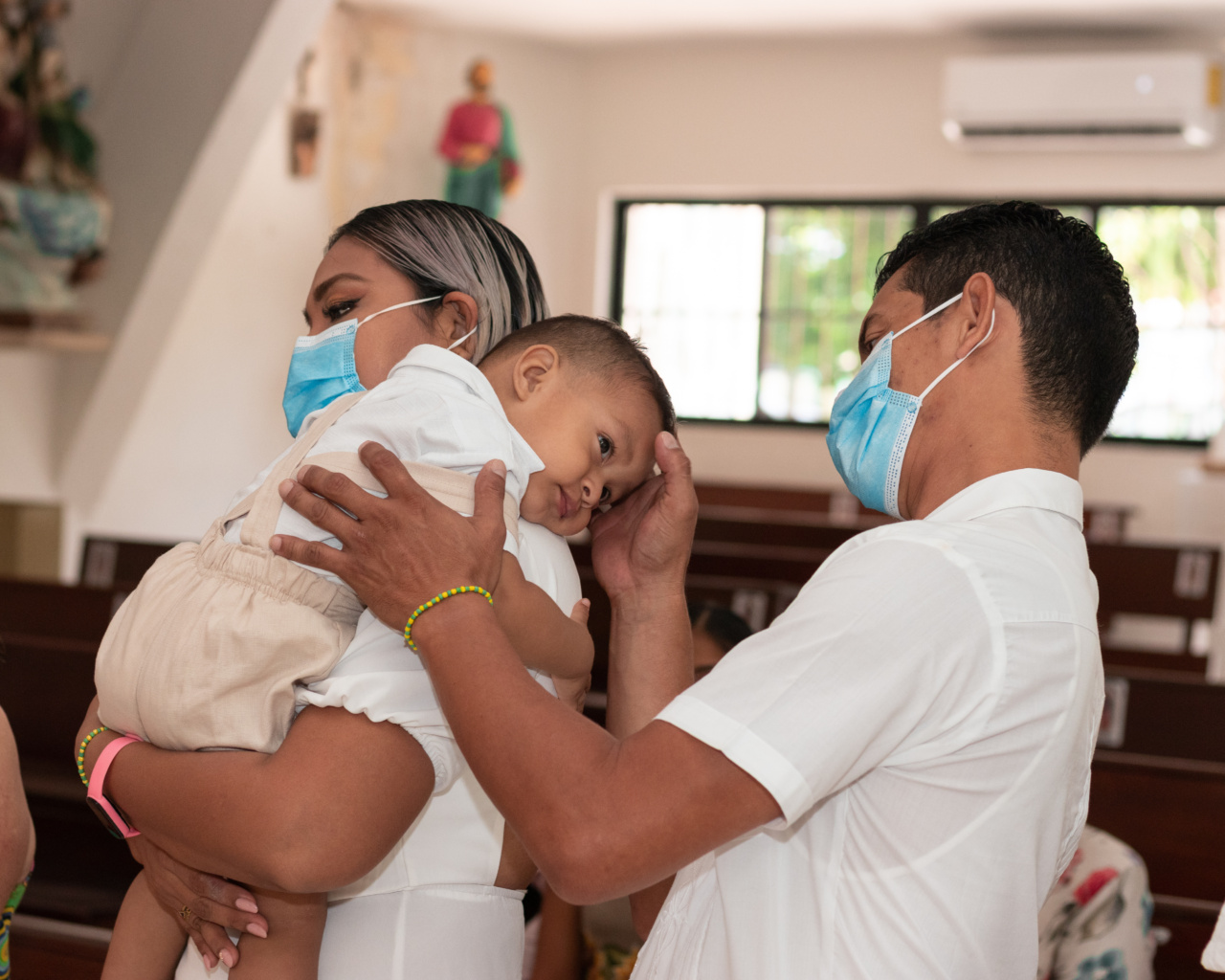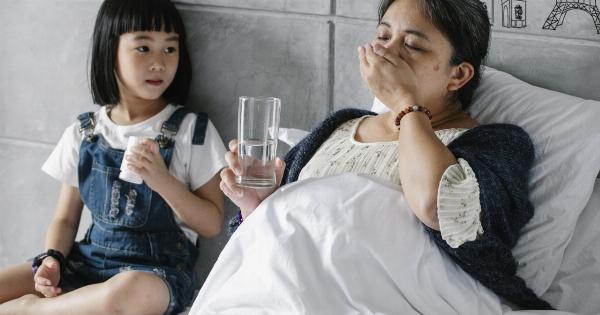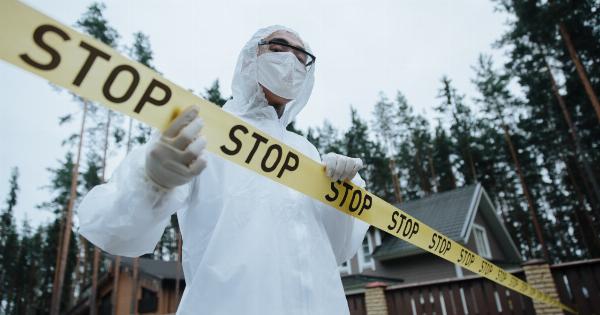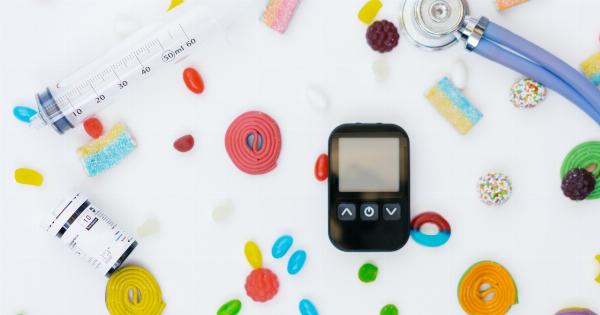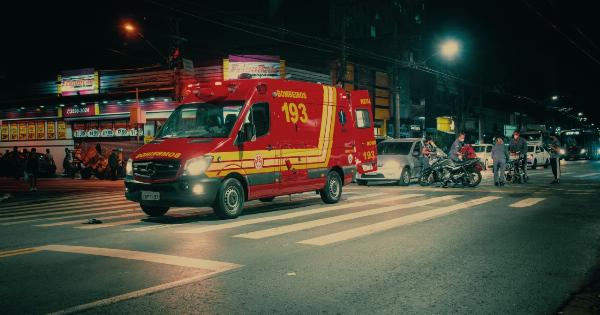Toddler convulsions, also known as seizures, occur when the normal electrical activity in a child’s brain is interrupted.
Convulsions can be a scary experience for both the child and their parents, but they are relatively common, occurring in approximately 4-6% of children under the age of five.
Causes of Toddler Convulsions
There are several causes of toddler convulsions, including:.
Fever
Febrile seizures are the most common type of toddler convulsion. They typically occur in response to a rapid increase in body temperature, usually associated with an illness.
Epilepsy
Epilepsy is a neurological disorder that can cause seizures in children and adults. It is characterized by abnormal, excessive electrical activity in the brain.
Head Injury
If a child suffers a head injury, it can sometimes result in a seizure. The seizure may occur immediately after the head injury or may not occur until later.
Infections
Infections such as meningitis, encephalitis, and other viral or bacterial infections can cause seizures in young children.
Metabolic Disorders
Metabolic disorders, such as low blood sugar, can result in seizures in children.
Treatments for Toddler Convulsions
The course of treatment for toddler convulsions will depend on the underlying cause of the seizures. If the seizures are associated with a fever, doctors may recommend over-the-counter fever reducers, such as ibuprofen or acetaminophen.
Children who suffer from frequent seizures may be prescribed anti-seizure medications, such as Valporic acid or carbamazepine. These medications help to control the frequency and severity of the seizures.
In some cases, children may require hospitalization. This may be necessary if they have a prolonged seizure or if their seizures do not respond to medication.
Preventing Toddler Convulsions
There is no guaranteed way to prevent toddler convulsions. However, parents can take steps to reduce the risk of seizures:.
• Taking measures to prevent head injuries, such as using a safety seat in a car, using protective gear during sports activities, and supervising children closely while they are playing.
• Keeping children healthy by ensuring they receive regular medical checkups, getting the recommended vaccinations, and practicing good hygiene.
• Managing fever by administering fever-reducing medication as recommended by a healthcare provider, dressing children in light clothing during a fever, and providing plenty of fluids.
When to Seek Medical Attention
If a child experiences a seizure, it is important to seek medical attention immediately. Even if the seizure only lasts a few seconds, medical attention should be sought.
In some cases, the child may require emergency medical attention. This is true if:.
• The child has a seizure lasting longer than five minutes.
• The child has trouble breathing.
• The child turns blue or seems to stop breathing.
Conclusion
Toddler convulsions can be a scary experience for parents, but they are a relatively common occurrence in young children.
By taking steps to prevent head injuries, managing fever, and seeking medical attention when necessary, parents can help to reduce the risk of seizures in their children.
